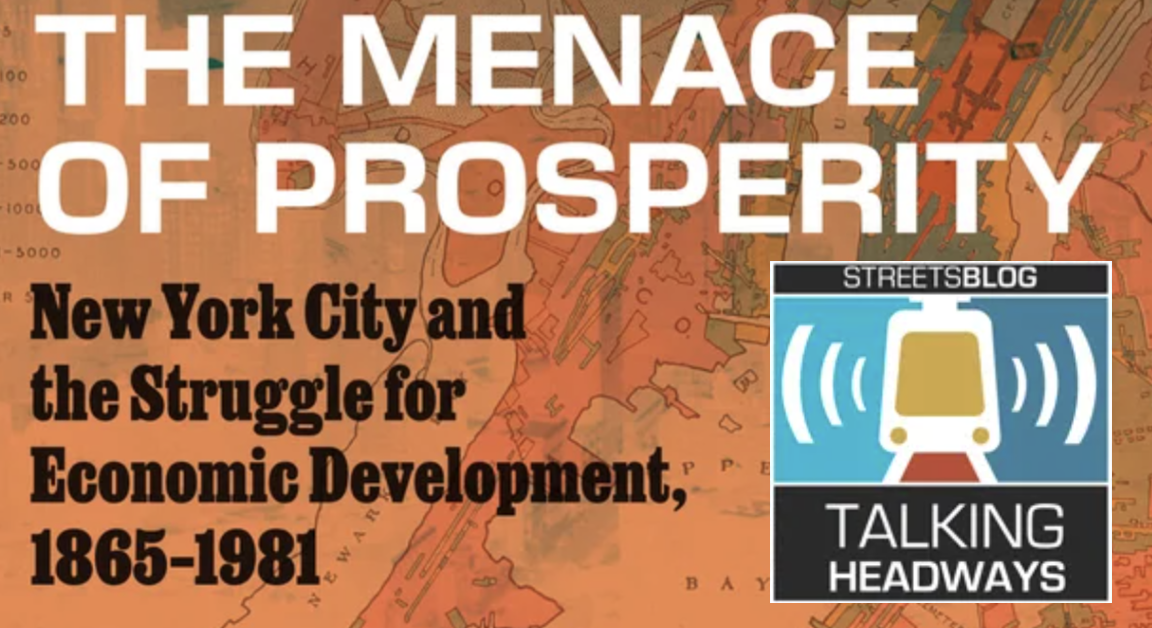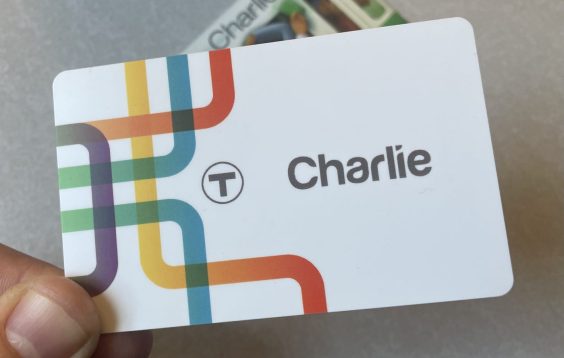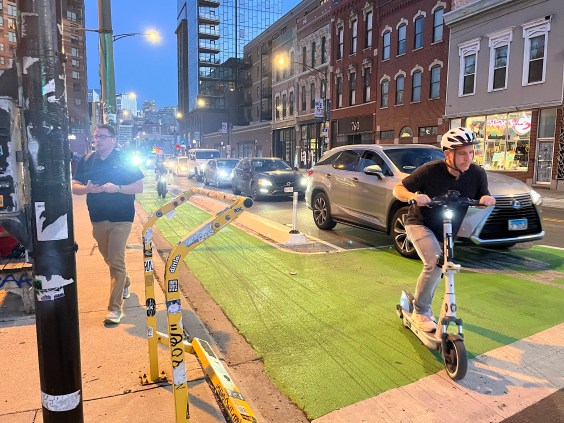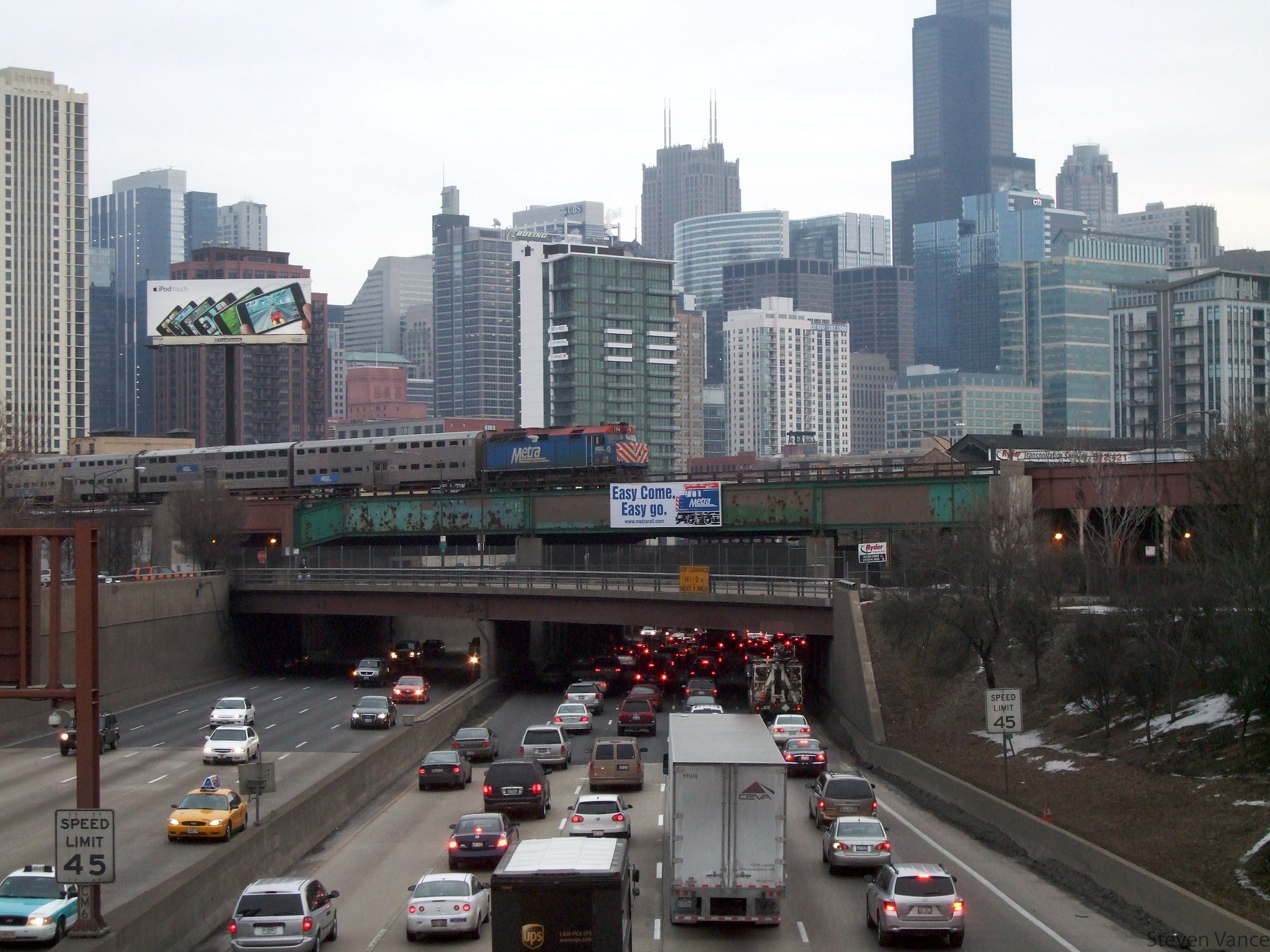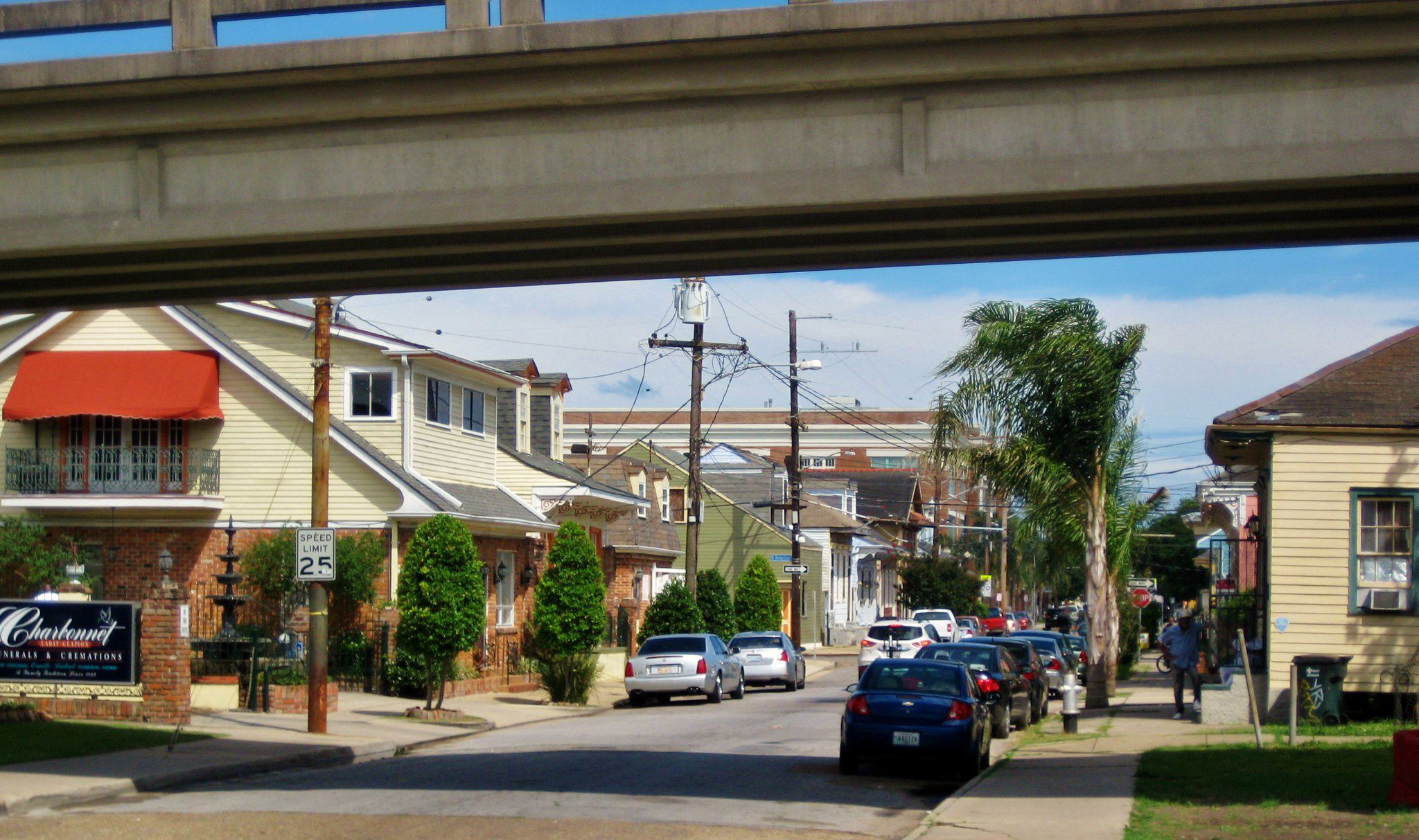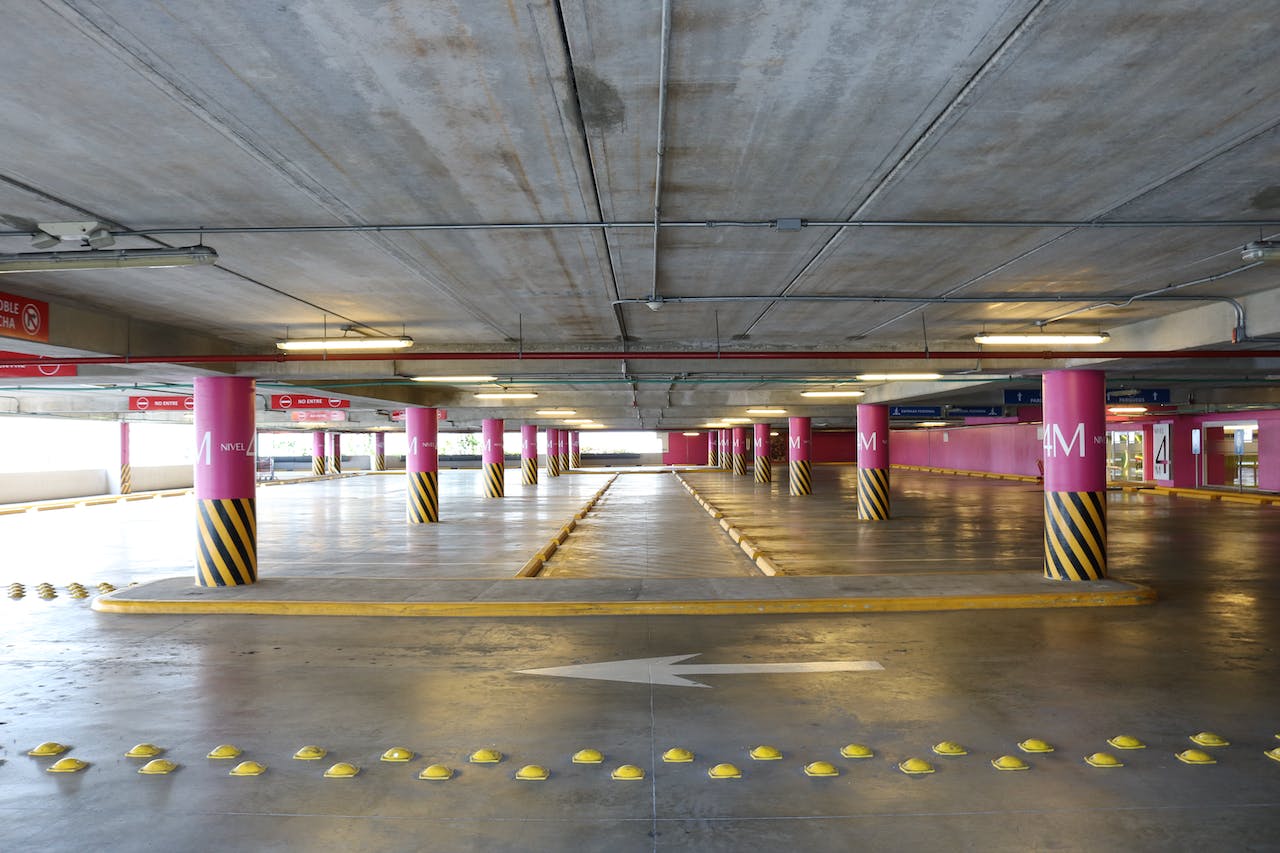This week on the Talking Headways podcast we’re joined by professor Daniel Wortel-London to discuss his new book The Menace of Prosperity: New York City and the Struggle for Economic Development, 1875–1981.
We talk about urban growth and missed opportunities by reformers to allow cities to capture more of their value. We discuss Henry George and the land tax movement, what running a city like a business should really mean and the origins of "highest and best use."
Featuring cameos from Lewis Mumford and Jane Jacobs.
Scroll past the audio player below for a partial edited transcript of the episode — or click here for a full, AI-generated (and typo-ridden) readout.
Jeff Wood: In the book you’re talking about, in that kind of mindset anyways, we have all these subsidies that go towards, you know, extending the subway, the utilities, but also that it’s kind of like some gasoline is put on, during the New Deal, but also afterwards when you get all of the HOLC loans and the FHA and all these subsidies to homeownership, right?
And so there’s this idea of the highest and best use, but then you have all of this money that goes into pushing people to the periphery and pushing them to outside. You have access, but it’s a little bit of a different game than it was before where proximity was important and now it’s like, you know, your journey to work is almost the more important thing.
Daniel Wortel-London: It’s a real sort of disjunction in a way between the politics of transportation in the early 20th century, which is if you build heavy rail, if you build highways, it’ll increase density, increased highest and best uses. And then the residential section of that, which is we wanna keep these homes in amber, basically on the part of a lot of the homeowners there.
And to this day, you know, you have all of these rail and transit lines in the city’s outer boroughs and in the broader metro region. And the zoning is just not up to that. And it’s because you have these very different paradigms at the time of their construction between the planners who are expecting one thing and the homeowners expecting another.
Jeff Wood: At the subway companies, I mean the IRT and others, they were like, well, we’re not going out there. That’s not gonna get us any money. And the city was like, well, we’ll help you build them and we’ll pay for most of it. And everybody thinks nowadays, I mean you look at, like, Brooklyn and Queens and all that stuff, and it’s dense in today’s world, right?
If you look at these suburbs and exurbs that we have in the United States, but at the time it wasn’t productive for the subways for their private enterprise. Yeah, you know, it might have been that which actually caused their demise and made them into the MTA right?
Daniel Wortel-London: Yeah, no, I mean it’s sort of ironic, but a lot of those early transit monopolists were right.
They knew they would lose money if they went out to these very sparse, not that settled areas. And the city was subsidizing them to get out there ’cause they wanted people to own homes. But even when they went out there, they were losing more money. And once they lost enough, the city had to step in and take over these kind of money losing operations. So, yeah, it was sort of the cost of good intentions in that case.
